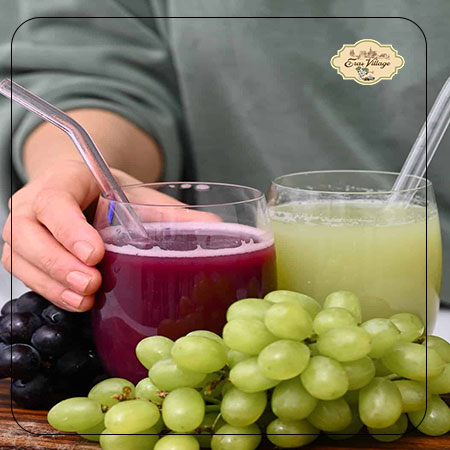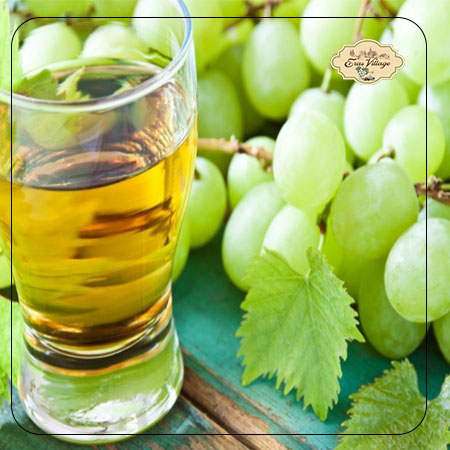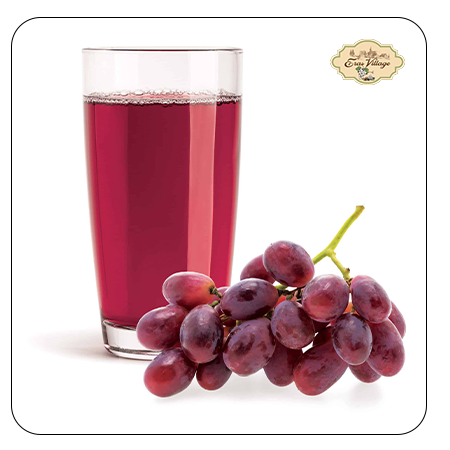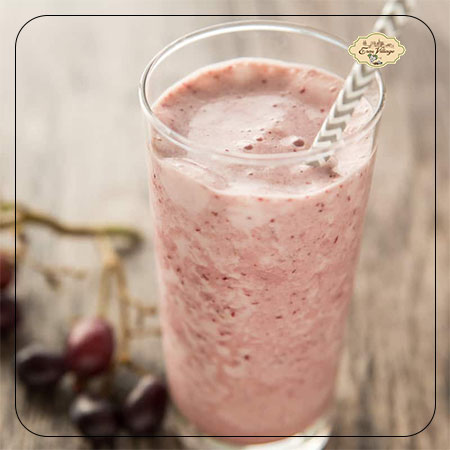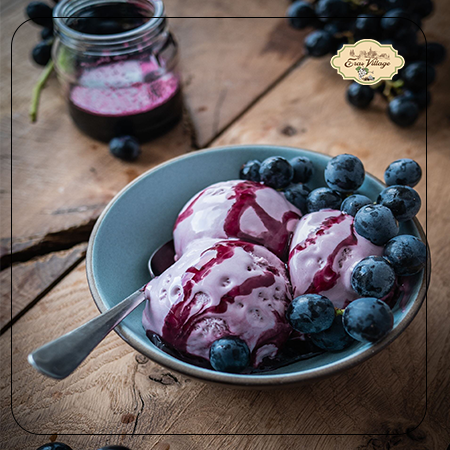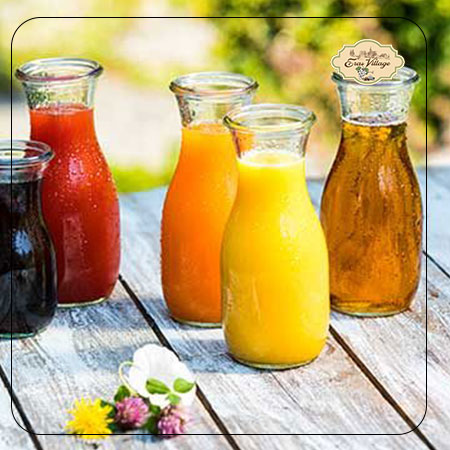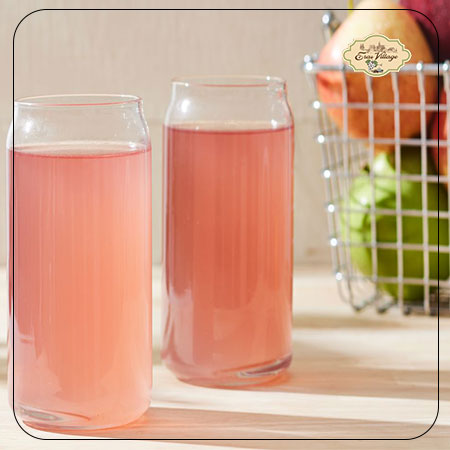
Best apple concentrate for dessert
January 27, 2025Best red grape concentrate for wine making
For those of you who are also looking for the finest and most high-quality red grape wine, then getting the best red grape concentrate can definitely be a major concern. Choosing the best red grape concentrate for winemaking requires a number of factors and parameters, which we will discuss in more detail in this article from the erasvill magazine. You can also purchase red grape concentrate in bulk at a reasonable price and without intermediaries from this collection.
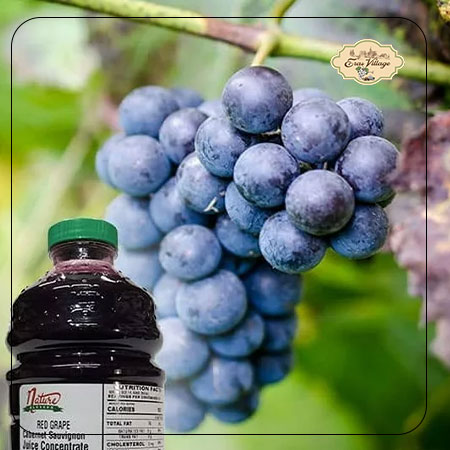
How to use red grape concentrate for wine making?
Here’s a guide on how to use red grape concentrate for winemaking:
Preparation:
Choose your concentrate: Opt for a high-quality red grape concentrate specifically designed for winemaking. Consider factors like the type of red wine you desire (full-bodied vs. light-bodied) and the desired sweetness level (higher sugar content for sweeter wine).
Gather your equipment: You’ll need basic winemaking supplies like a carboy (fermentation vessel), airlock, hydrometer (to measure sugar content), siphon, tubing, sanitizer, and bottles for bottling your finished wine.
Sanitize everything: Cleanliness is crucial to prevent unwanted bacteria. Sanitize all your equipment with a suitable solution before starting.
Making the must (unfermented grape juice):
Reconstitute the concentrate: Follow the manufacturer’s instructions for diluting the concentrate with water. This typically involves adding a specific amount of water to the concentrate to achieve the desired volume and sugar content (potential alcohol level).
Adjust sugar content (optional): If using a low-sugar concentrate and aiming for a sweeter wine, you can add additional sugar like table sugar or wine must (unfermented grape juice concentrate) before adding yeast. Use a hydrometer to measure the sugar level and adjust accordingly.
Add yeast: Choose a red wine yeast strain suitable for the type of wine you’re making. Sprinkle the yeast directly onto the must and follow the manufacturer’s instructions for rehydration.
Fermentation:
Transfer the must: Carefully transfer the must (diluted concentrate and yeast mixture) into your sanitized carboy.
Attach the airlock: Fill the airlock halfway with water and attach it to the carboy. This allows CO2 to escape during fermentation while preventing contamination.
Ferment: Store the carboy in a warm, dark place (around 68-77°F) with consistent temperature. Fermentation typically takes 1-2 weeks, but can vary. Monitor the airlock for bubbling activity, which indicates fermentation.
Racking (optional): After the initial fermentation, racking (siphoning the wine off the sediment) can help improve clarity. You can repeat racking every few weeks during secondary fermentation.
Secondary fermentation and bottling:
Secondary fermentation: Once the primary fermentation subsides (bubbling activity ceases), transfer the wine to a clean carboy, leaving sediment behind. This allows for further settling and flavor development.
Stabilize (optional): If you want to prevent further fermentation and ensure clarity, you can use stabilizers like potassium metabisulfite. Follow manufacturer’s instructions.
Bottling: When the wine is clear and stable (optional), siphon it into sanitized bottles and cork them tightly. Consider using a wine bottler for ease.
Aging (optional): For some red wines, aging in bottles for several months to a year can improve flavor complexity.
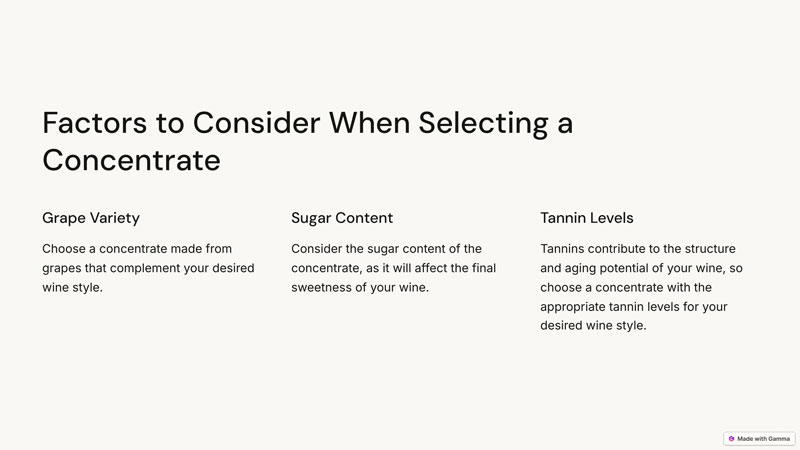
characteristics of the best red grape concentrate for wine making
The best red grape concentrate for winemaking should possess several key characteristics to ensure a high-quality and flavorful homemade wine:
Grape Quality:
Origin: Look for concentrates made from grapes grown in regions known for their quality red wine grapes, like Bordeaux, Napa Valley, or Rioja. These regions have ideal climates and grape varietals that translate well into concentrates.
Grape Variety: Consider the specific red wine style you desire. Cabernet Sauvignon concentrates will produce bolder wines, while Merlot concentrates might yield softer, fruitier wines.
Processing: Preferably, the concentrate should be made from whole grapes, including skins and seeds, for maximum flavor and color extraction.
Concentration Process:
Gentle Extraction: Look for concentrates produced using gentle methods like reverse osmosis or low-temperature evaporation. These methods minimize heat exposure, preserving the natural grape flavors and aromas.
Added Sugars: Ideally, the concentrate should have minimal added sugars. Natural grape sugars from the original fruit are preferred for a more authentic flavor profile.
Preservatives: Avoid concentrates with artificial preservatives or additives, as these can negatively affect the taste and fermentation process.
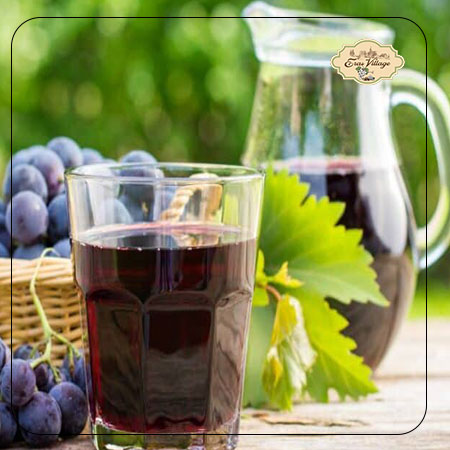
Where to buy red grape concentrate for wine making?
If you’re also looking to buy the best red grape concentrate for winemaking at an affordable price, you can experience a secure purchase through the erasvill collection. We offer you the purchase of red grape concentrate in bulk, which can result in a completely cost-effective final price for you.
FAQ
1. Where to buy the best bulk red grape concentrate for winemaking?
You can order the best bulk red grape concentrate directly from Erasvill Trading, without any intermediaries.
2. What factors should I consider when choosing a red grape concentrate for winemaking?
When choosing a red grape concentrate for winemaking, there are several factors to consider, including:
- Flavor: The type of grape used to make the concentrate will have a big impact on the flavor of the finished wine. Consider your own personal preferences and what type of wine you want to make.
- Sweetness: Red grape concentrate can be made with varying levels of sweetness. If you want to make a dry wine, you will need to choose a concentrate that is low in sugar.
- Acidity: The acidity of the concentrate will also affect the flavor of the wine. If you want to make a wine with a tart finish, you will need to choose a concentrate with high acidity.
- Tannin level: Tannins are compounds that give red wine its bitterness and astringency. If you prefer wines with softer tannins, you will need to choose a concentrate with lower tannin levels.

